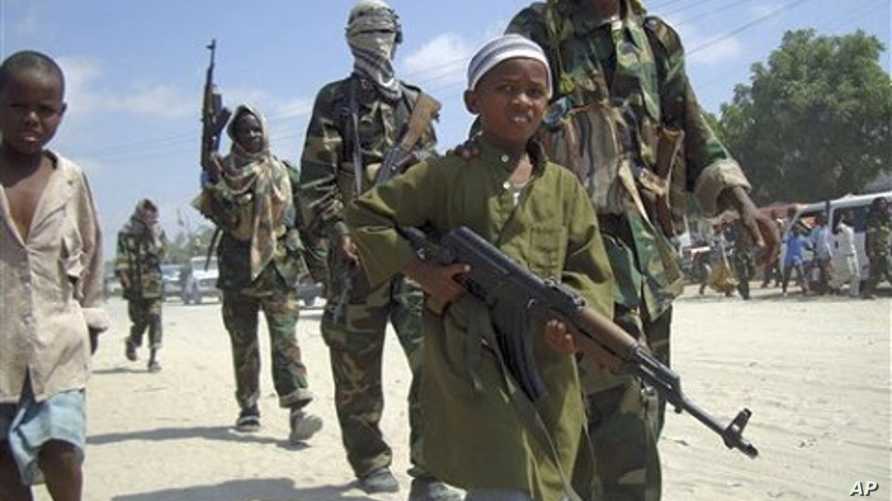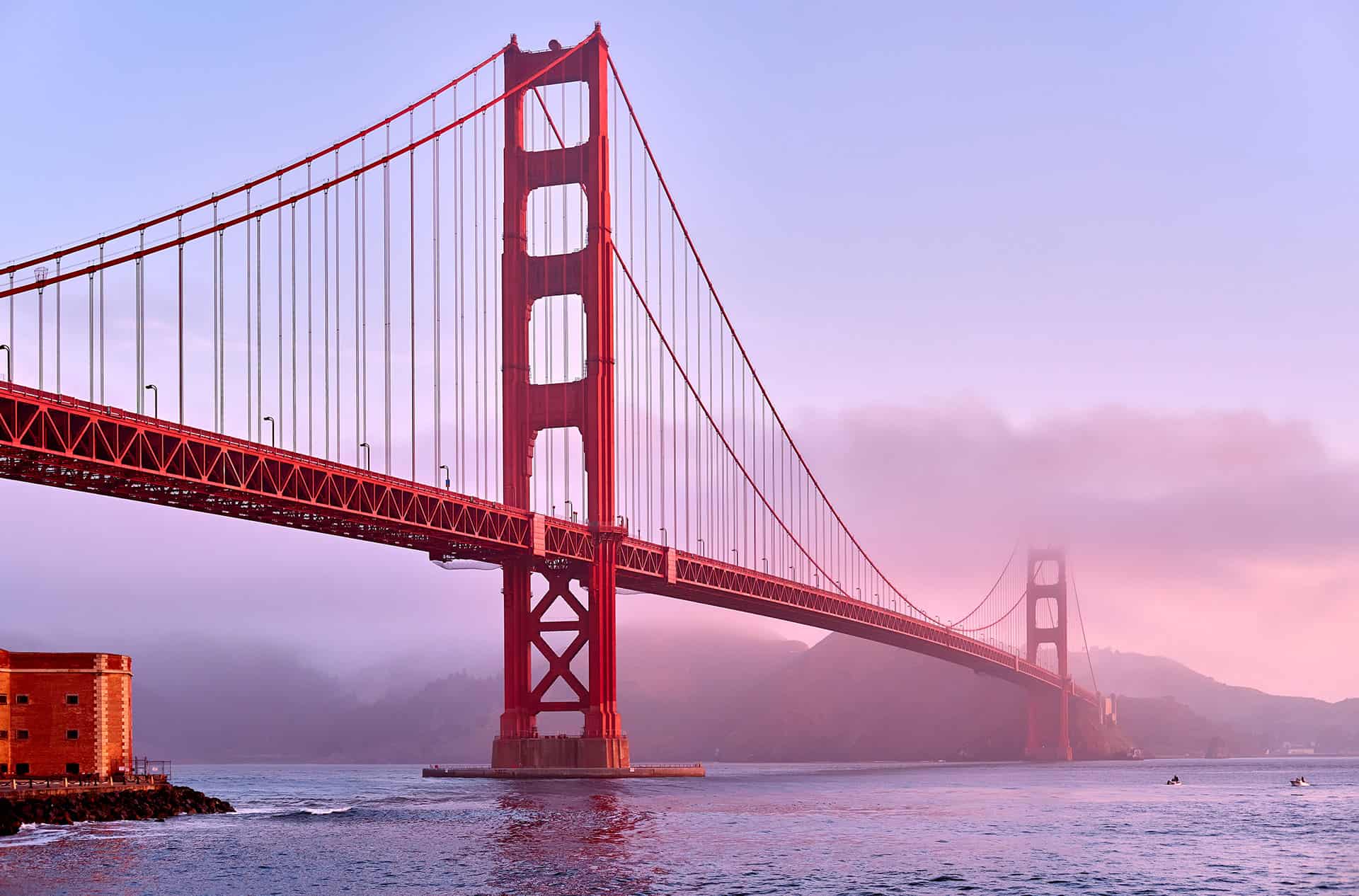[Lesson from Abroad] Is Nigeria on path to Somalia?

Somalia: There Is No Government Here, By Muno Gedi
(A transnational investigation by the African Investigative Publishing Collective (AIPC))
“I wake up every day ready to fight to survive”
The Shebelle river flows into Somalia from Ethiopia, through the regional capital Beledweyne further into the Hiran region, down to Buluboorde and beyond. Many farmers tend crops of maize, wheat, millet and peas on the land alongside it. But the cattle in the area need food too, and often herders allow them to feed on the green saplings, which the farmers can’t allow. As the two communities, who together make up two thirds of the Hiran population, are forced to fight, they look to the authorities for help. But none is forthcoming. “Eight cows died lately. What choice do I have?”
BULOBUURDE DISTRICT, SOMALIA, March 2017
Zakariye Jinow (35) lives in Abuure village with his wife and five children who are playing and running around amid the huts when we meet. In his traditional thobe dress, carrying a stick and gazing warmly at the children and the land, he looks the picture of happy rural life. But it can all be over soon, he says. “My land is beautiful and I love working it. It’s just that I stand to lose everything when the cattle come.” He says he understands the cows also need food, but sees no option but to defend his fifteen hectares. “I move nowhere with my land, they are the ones who invade and eat the green plants that don’t belong to them. I have asked our elders for advice, but they don’t offer answers.” There have been fights already, he says, and he keeps his knife and sword at hand. “I wake up every day ready to fight. If there is no solution, I will die. I am waiting for that.”

NSA Monguno
Abdilahi Mohamed (45), who tends his twenty hectares fifty kilometres to the north west in Mahas district, is rather tired of fighting for his crops, but, like Jinow, sees no alternative. “My father died fighting with herders. I took over from him because agriculture is all we have and all we know. But it is dangerous. I have seen many killed by herders who intrude on our land. If I would be offered other work, I’d take it. But for us to have such options we will need government in this area. We need rule of law and policies. In Somalia we have none of that, so the only option I have is to protect my plants. Without it, my children will have no food and no heritage. I don’t have anything else. So I must fight.”
Fadumo Hussien (65) in Muqakori village cries when she talks of her husband, whom she lost three years ago because of a fight he had with a cattle owner. “My husband was very angry (when he saw the crops had been eaten by cattle.) He went to look for that man who was responsible. He fought with him, but he ended up injured and died a few days later. I had to leave the land and we now just live off handouts in this village. I don’t know what will become of my children.”
People die in these fights every year in Somalia. In the Hiran region alone, twenty-four out of thirty people I interviewed in the rural villages knew of someone who had died in the fight over land: farmers as well as herders.
In the herder community of Bulobuurde, fifty-year old Ali Nor tells me his forty goats, cows, and sheep must eat or he and his family will die with them. “I don’t have any green land. So I go to private agriculture areas and my animals eat the plants there. Of course that starts clashes. It is not right to invade someone’s private land, but what can I do? Nobody helps us. We only try to survive.” Fellow herder Muse Mumin (29), a strong looking man whose wife and three children sell the cow’s and goat’s milk at the district market, adds that he saw eight cows die before he resolved to allow them to go graze on agricultural farming land. “Our cows must eat or we’ll have nothing to live on. My father taught me cattle farming from when I was ten years old. It’s all I know.”
Mumin’s hand is partly paralysed, with a stiff crooked thumb. “A group of farmers attacked me in 2013 because my cows were grazing on the land that belonged to one of them. They came up to me silently. I didn’t notice them and suddenly they were beating me up.” The attackers aimed for his head. “But I had raised my hand to cover it so luckily only my hand was damaged.” Three of his friends have died in such fights, he says. “And another three people died in a clash after a farmer killed two cows that had eaten a lot of crops. I have also seen how two farmers were killed in another fight.” He explains how that particular incident turned the people of that community into vigilantes. “They attacked the other clan back and that then became a protracted fight.”
Like the farmers, Mumin says he doesn’t know how to avoid the fights that keep coming. “Our communities feel sad and helpless. We don’t know what to do. This conflict is just part of the civil war in our country. There is no government here, no law and order.”
The regional elders are traditionally supposed to provide guidance and mediate between the herding and farming communities in Hiiran. Nunow Jimcale (70) for example, a respected authority in central Bulobuurde, where people grow maize, tomatoes, bananas and lemons, has been in charge of mediation efforts for years. But nowadays, he says, trying to make peace is “sensitive and dicey.” “We always try to get herders whose cattle destroyed crops to pay damages to the disadvantaged farmer, but that often fails and fights between clans break out again.”
Jimcale and his fellow elders don’t have the means or the power to address the scarcity of water and pasture that is the underlying cause of the fights. That state power should reside with the formal governing administration for the Hiran region in the capital Beledweyne. Trying to get a spokesperson on the phone, I end up speaking with Sheikh Hussein Osman Ali, the deputy social services administrator for Hiran. I am surprised to hear that he feels that the problem no longer exists. “My administration has ended the conflict. We just need to ensure that there is water and no famine. Meanwhile, we keep farmers and herders from attacking one another.” When told that a total of thirty people in farmer and herder communities told me that armed clashes continue to date, he admits that the problem is still significant, but that “he is dealing with it.”
It is probably difficult for him to say otherwise. Hiran, like all regions in Somalia, battles with different rulers coming in at regular intervals, depending on which side – Al Shabaab or government – is winning. Somalia is still formally at war with Al Shabaab. The government in Mogadishu, newly elected two months ago, is weak and riddled with corruption and incapability.
Requests for information from the government – both old and new – over the entire six-month period that this investigation took place did not result in any comment or document. With regard to water and irrigation projects to protect grasslands from drought and protect farmers and herders, as well as cattle, from famine, several international development organisations advertise projects in this regard. However, I was unable to locate any of these in Hiran.
First published in 2017 by ZAM Chronicle and Africa Investigative Publishing Collective (AIPC)

The Insight Report
Nigeria Coverage



